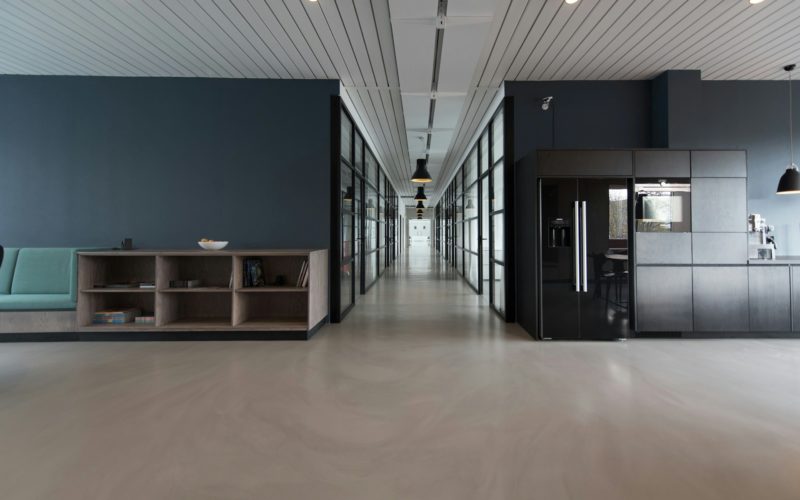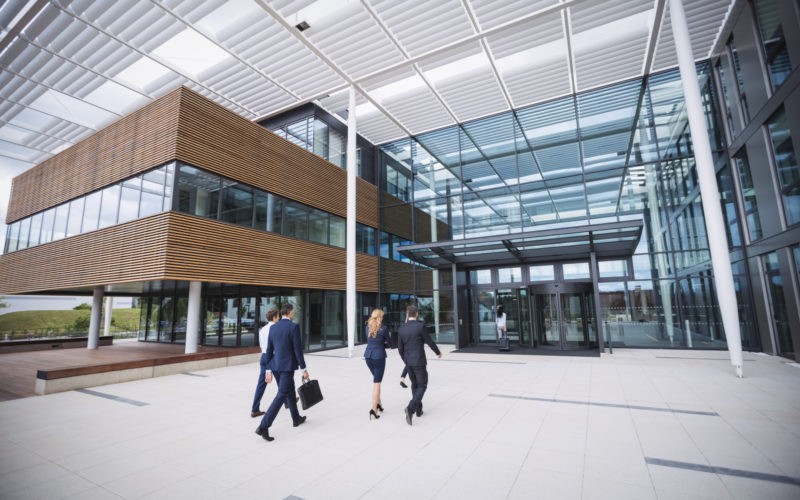Workplace efficiency boosts productivity, reduces downtime, and ensures smooth operations. Whether in an office, a construction site, or a manufacturing facility, having the right tools and equipment is crucial for optimising workflow and achieving the best results. Lacking proper equipment slows tasks, strains employees, and reduces productivity.
A well-equipped workspace not only enhances output but also contributes to employee safety and satisfaction. Choosing the right tools for the job ensures that work processes remain streamlined, reducing delays and inefficiencies. From ergonomic office furniture to advanced machinery, every piece of equipment plays a vital role in workplace effectiveness.
This article explores how selecting and utilising the right equipment can maximise efficiency in different work environments. It highlights the significance of proper tools, their impact on productivity, and how businesses can make strategic choices to enhance workflow.
Enhancing Accessibility and Safety for Elevated Tasks
Work environments that require employees to work at heights need specialised equipment to ensure both efficiency and safety. Tasks such as construction, maintenance, and warehouse organisation involve frequent elevation, making stability and accessibility crucial factors. Without the right tools, these activities become not only inefficient but also hazardous, increasing the risk of workplace accidents.
In such cases, using appropriate elevation equipment improves productivity while ensuring worker safety. Adjustable platforms, stable ladders, and reliable scaffolding solutions allow employees to perform tasks with greater confidence and ease. The right equipment reduces unnecessary movement, preventing fatigue and minimising errors.
One highly effective solution for tasks requiring elevation is a portable mobile scaffold. It provides flexibility, ease of movement, and stability, making it an excellent choice for industries where frequent repositioning is necessary. Unlike fixed structures, this equipment allows workers to maneuver efficiently across different sections of a workspace without unnecessary disassembly or downtime, significantly enhancing productivity.
The Role of Ergonomic Furniture in Office Efficiency
An office environment requires a different set of tools to optimise productivity. The comfort and functionality of workstations influence employee performance, and poorly designed setups can lead to health problems, frequent breaks, and lower efficiency. Investing in ergonomic office furniture significantly improves workflow and enhances employee well-being.
Chairs with lumbar support, height-adjustable desks, and monitor stands prevent physical strain, enabling employees to maintain focus for longer periods. Properly designed workspaces reduce fatigue, allowing workers to remain engaged without discomfort. Additionally, ergonomic furniture minimises repetitive stress injuries, decreasing absenteeism caused by workplace-related health concerns.
Beyond seating arrangements, other office equipment plays a crucial role in efficiency. High-speed printers, noise-canceling headsets, and dual-monitor setups contribute to smoother workflow and improved communication. Each of these tools eliminates unnecessary obstacles, allowing employees to focus on their core responsibilities rather than dealing with technical inefficiencies.
Automation and Technology Integration
Technology is a game-changer when it comes to workplace efficiency. Automated systems and advanced software streamline processes, eliminating unnecessary manual tasks and reducing the risk of human error. Integrating the right technology enhances accuracy, speeds up workflow, and improves overall productivity.
In industrial and manufacturing settings, automated machinery accelerates production by handling repetitive tasks with precision. In offices, task management software, cloud-based collaboration tools, and automated scheduling systems help teams stay organised and efficient.
By leveraging the right technological solutions, businesses minimise operational bottlenecks and enhance coordination. Real-time data tracking, digital communication platforms, and AI-driven analytics further contribute to smarter decision-making, reducing inefficiencies across different industries.
Importance of Proper Storage Solutions
An organised workspace prevents clutter and enhances efficiency. Whether in an office, warehouse, or retail setting, having well-structured storage solutions improves accessibility and reduces wasted time. Employees spend less time searching for tools, documents, or inventory, allowing them to focus on productive tasks.
In warehouses and industrial spaces, proper shelving and labelling systems streamline logistics and inventory management. Offices benefit from filing cabinets, cloud storage, and well-arranged supply stations that prevent workspace congestion. In retail environments, efficient storage ensures seamless restocking and faster service.
Communication Tools for Seamless Coordination
Effective communication is a cornerstone of workplace efficiency. Without clear and reliable channels, misunderstandings arise, leading to delays and errors. The right communication tools eliminate these barriers, enabling smooth collaboration and quick decision-making.
In offices, video conferencing software, instant messaging platforms, and email management systems ensure seamless interactions between teams. For fieldwork and large-scale operations, two-way radios, mobile communication apps, and cloud-based reporting tools keep teams connected in real-time.
Energy-Efficient Equipment for Cost Savings
Efficiency in the workplace extends beyond productivity—it also involves resource management. Using energy-efficient equipment reduces operational costs and contributes to sustainability efforts. Businesses that invest in energy-saving solutions lower expenses while maintaining optimal performance.
LED lighting, smart climate control systems, and power-saving office appliances significantly cut electricity usage. In industrial settings, high-efficiency machinery and automated systems optimise energy consumption without sacrificing output quality. Even simple changes, such as motion-sensor lighting and energy-efficient printers, contribute to long-term cost savings.
Maintenance and Regular Equipment Upgrades
Even the most advanced tools lose efficiency if not properly maintained. Routine maintenance and timely upgrades ensure that workplace equipment remains in optimal condition, preventing downtime and costly repairs. A proactive approach to equipment care extends its lifespan and maintains consistent productivity.
For industrial and manufacturing settings, scheduled servicing of machinery prevents breakdowns and unexpected disruptions. Office equipment such as computers, printers, and communication tools require regular updates and troubleshooting to function effectively. Properly maintained equipment reduces the risk of sudden failures, keeping operations smooth and uninterrupted.
When outdated tools start slowing down productivity, businesses must consider upgrading to newer, more efficient alternatives. Investing in modern equipment enhances performance, allowing employees to work more effectively without unnecessary delays. All in all, maximising workplace efficiency depends on having the right equipment for the job. Whether it involves ergonomic office furniture, advanced automation, proper storage solutions, or reliable communication tools, each piece of equipment plays a crucial role in optimising workflow. Businesses that invest in the best tools experience improved productivity, enhanced safety, and reduced operational costs.












